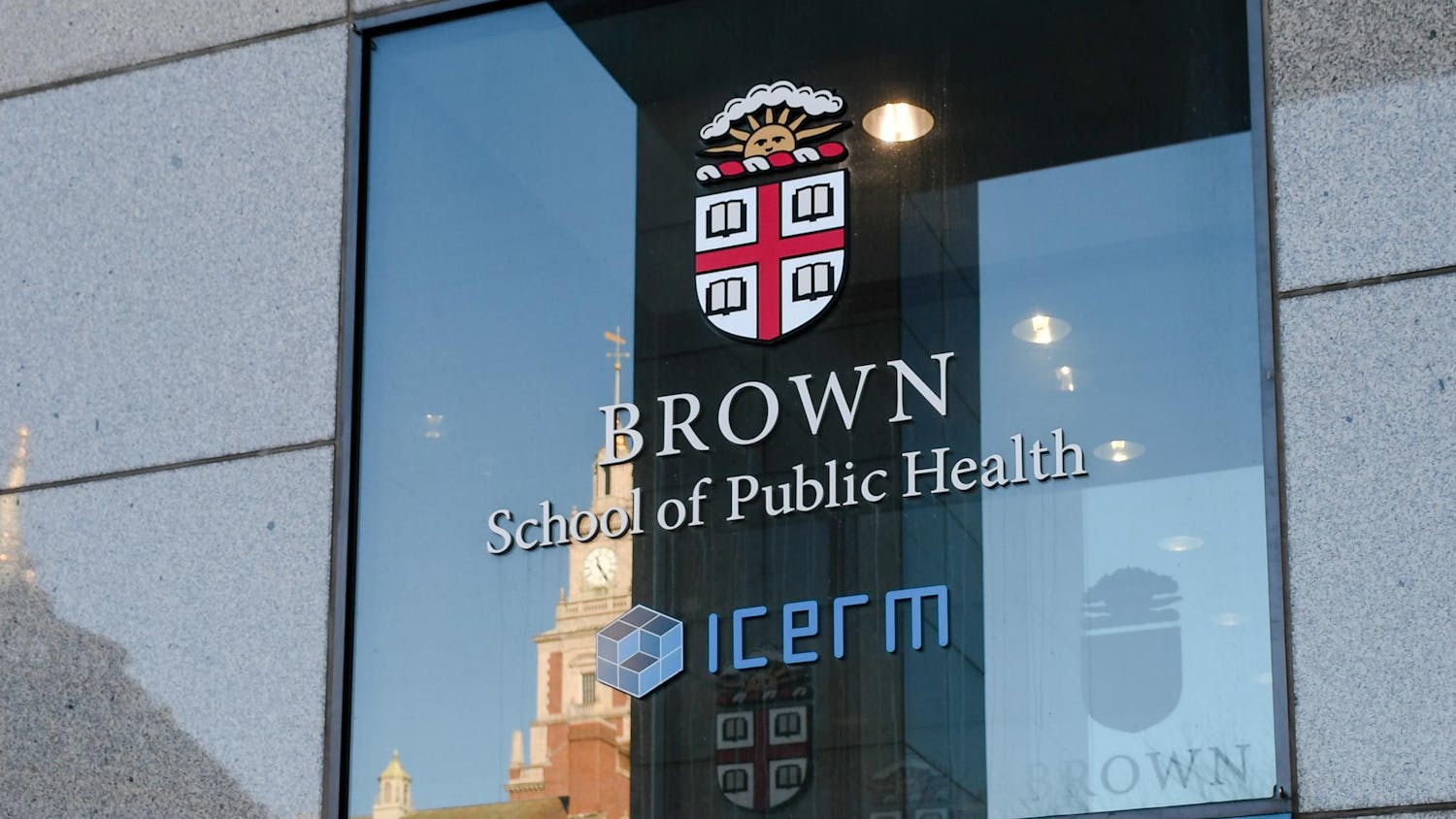Updated on Wednesday Nov. 4 at 11:00pm.
Researchers in the Department of Molecular Biology are investigating a protein thought to be associated with degenerative diseases like cancer and amyotrophic lateral sclerosis — commonly known as Lou Gehrig’s disease. The protein, named “fused in sarcoma,” is unique and noteworthy because during certain processes it loses its specific structure or shape and separates into liquid droplets, or granules, which then aggregate together. The research team’s most recent findings on this protein were published Oct. 15 in the journal Molecular Cell.
These aggregations, called inclusions, are significant because they are thought to disrupt RNA transcription — a process involved in the building of proteins — in certain cells, said Nicolas Fawzi, assistant professor of molecular pharmacology, physiology and biotechnology and one of the authors of the study. The researchers hypothesize that the disruption of RNA transcription in cells like neurons contributes to the onset of diseases like ALS and certain kinds of cancer such as leukemia.
Fawzi joined the University faculty in January 2013, at which point he also began studying the FUS protein. He said he became interested in the protein because of how little was known about its function and role in degenerative diseases.
“I think of it as kind of the opposite of HIV or cancer, where we know what the problem is and we just can’t fix it,” Fawzi said. “Here we don’t even know what the problem looks like.”
Advances in knowledge about the protein could one day contribute to new therapies for treating diseases like ALS, Fawzi said. Because the FUS protein serves other functions in the body, such as the regulation of RNA splicing, entirely shutting it off is not an option, Fawzi said. Researchers must instead find a way to deactivate aggregations while still allowing the protein to regulate other cellular functions.
The researchers were not expecting FUS to have the “liquid” structure they discovered either, Fawzi said. “We didn’t expect to find that it had formed these granules — that was surprising.”
Because the protein is still not well understood, alternate hypotheses exist about its nature and function, Fawzi said, adding, “It’s still controversial.”
For example, some hypothesize that the granules formed by the protein aggregates form as a solid, while Fawzi’s lab views it as a liquid structure.
"It's a very interesting paper, and it has a lot of important implications for how processes work in the cell," said Cheng Kao, professor of molecular and cellular biology at Indiana University. "The strength of this paper is that they were able to examine the protein both by itself and then in its aggregate state."
Kao added that studies such as this one are important because they are trying to address questions about cellular functions that scientists have had for over 100 years.
One aspect that made this study notable was the high amount of graduate and undergraduate student research that went into the paper, Fawzi said. “That’s one advantage of Brown for me and why I came here — its really great students, especially undergraduate students,” he said. “They had a big impact on the success of the project.”
Abigail Janke ’16, a co-author of the study, has worked in the Fawzi lab since January and said her experience has been very positive.
“It’s an amazing lab for undergrads,” Janke said. “We all talk about how encouraging it is.”




